BMW’s flagship 7 series is receiving a major makeover for 2023, and it will be available as a fully electric vehicle for the first time. A more classic sedan silhouette, but with a drastically different face, is retained for the G70 version of the 7, as opposed to more futuristic design language that Mercedes-Benz has embraced for its electric vehicles (EVs). BMW Group CEO Oliver Zipse has often said that the new 7 is a premium sedan with “no compromises,” but is this really true in today’s quickly changing automotive environment?
Let’s start with the visual appearance. It is the front lighting signature that has undergone the most significant alteration. The sedans, like the X7, which saw a mid-cycle upgrade only a week before the arrival of the 7, feature a horizontally split light arrangement that will be instantly recognizable to anybody who has seen a recent Genesis vehicle in action. The daytime running lights are located in the upper horizontal strips on either side of the vehicle, while the adaptive headlamps are located in the lower part. An additional feature available for both gas and electric 7 series is the perimeter illumination surrounding the grille, which was previously shown on some of the early teaser photographs.
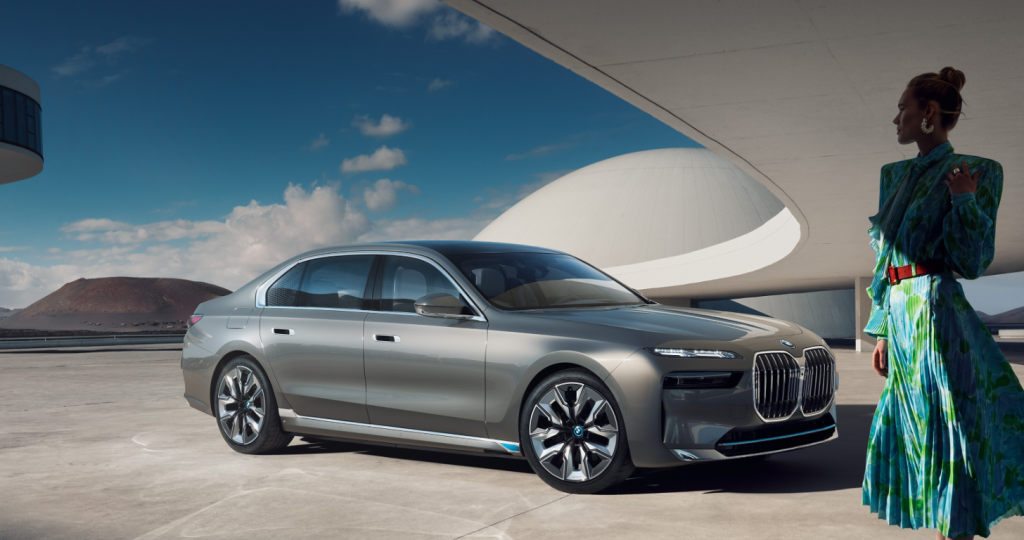
When compared to the previous integrated appearance, the new spread-out appearance has the advantage of spreading out the lights vertically, which is a significant improvement. This, in turn, creates the optical illusion that the twin kidney grille has been reduced in size. It is unclear what the actual dimensions comparison is for the 7 grille, but it has a similar appearance, and while it has not been decreased in size, it does appear to be somewhat less huge.
That new front lighting design will most likely be reserved for high-end vehicles such as the X7 and 7-series sedan, according to BMW. This arrangement will not be repeated in the next three series.
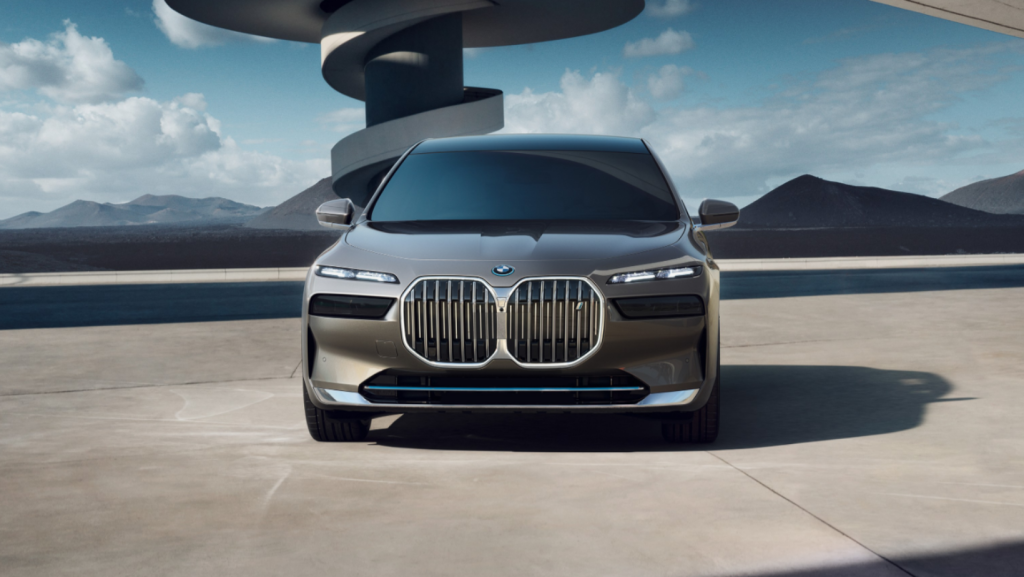
There is a flat rectangular plate in the bottom section of the grille that conceals several of the front sensors, including the future lidar, which will be shown later. The Innoviz lidar will not be available at the time of the 7 series’ debut, but it should be accessible by 2023 at the latest. In addition, cameras, radars, and ultrasonic sensors can be seen on the fascia, all of which are part of the new driver assistance suite, when examined closely.
The highway help feature is included in the optional Driving Assistance Professional package. When driving on divided roads, this is a hands-free driving option that nevertheless demands the driver to maintain constant sight of the road ahead of them. Similarly to earlier iterations of the device, which were capable of operating at speeds of up to 37 mph, an infrared camera monitors the driver to verify that they are maintaining proper concentration. While BMW has been working on a so-called level 3 system that does not require full-time driver monitoring, that system is not currently ready, and BMW officials were reluctant about if or when it will be accessible on the market in the future.
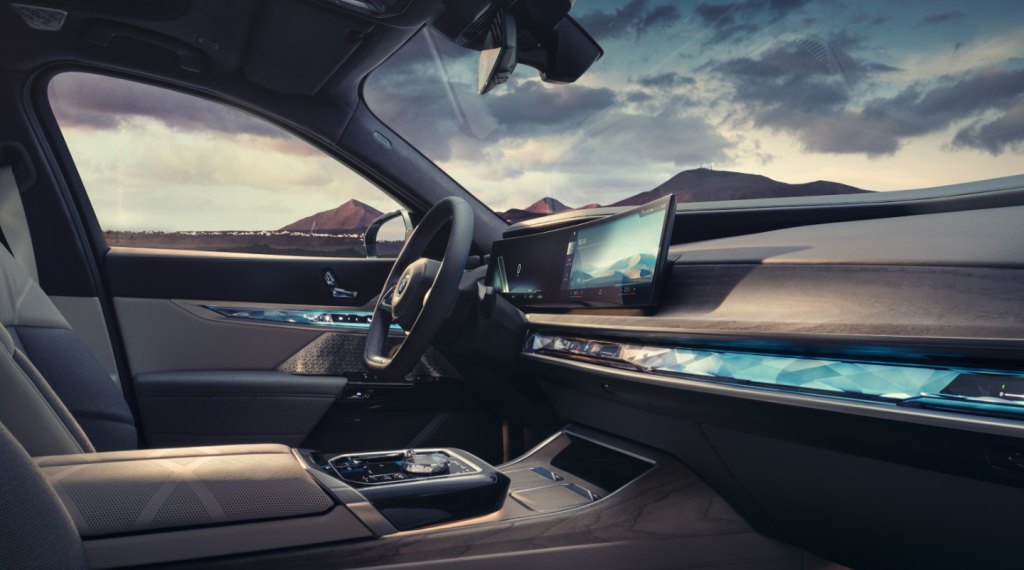
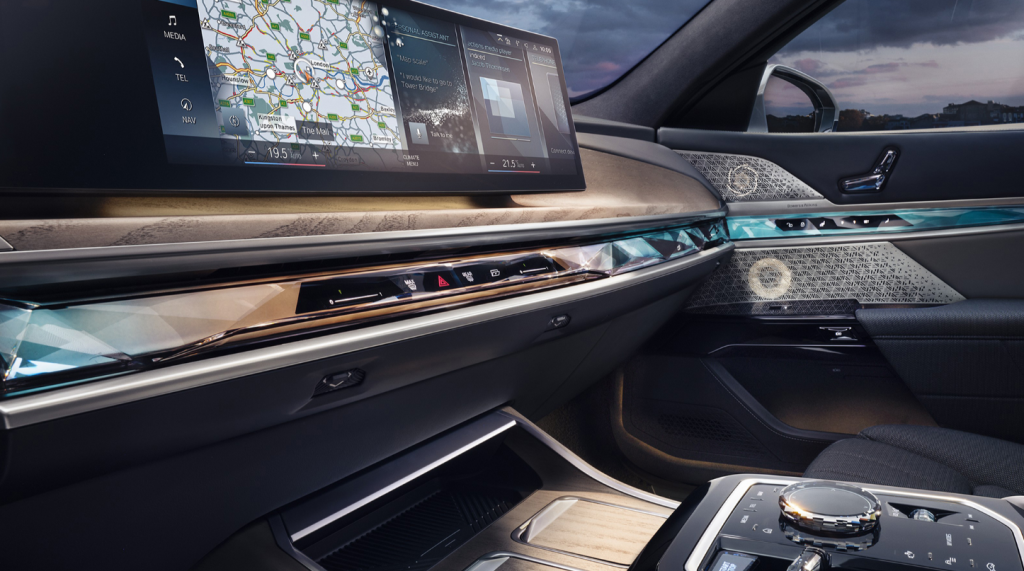
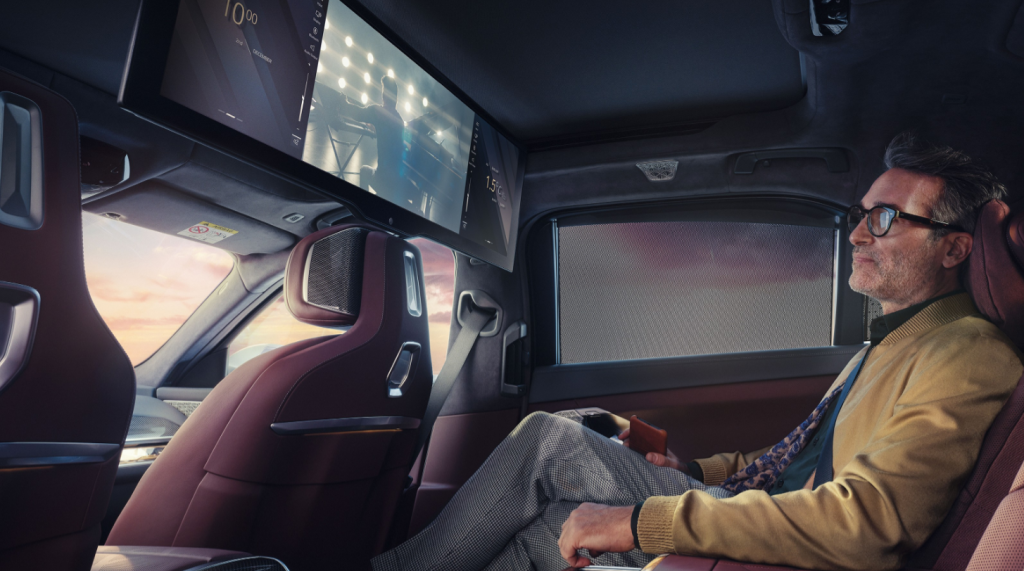
In addition to these features, the instrument cluster may be equipped with an augmented reality display. It shows navigation cues in the front camera view such that they appear near to the roadways where turns must be made, and it does so using the forward camera. In the Escalade, Cadillac offers a similar technology, but because it forces the driver to look down at the instruments rather than forward at the road, it is less helpful than an augmented reality heads-up display, such as the one found in the Mercedes-Benz S-Class and EQS.
Returning to the sides, the rest of the design is well-executed but not very innovative. It is impossible to tell that the i7 is anything other than a huge BMW sedan, even when it is powered entirely by electric motors. BMWs, with the exception of the now-discontinued i3, have featured a typical three-box design with a tall hood and a cabin that is set back, as they have done for decades. In some ways, the lackluster reception the i3 received throughout its production cycle has made BMW designers a little wary of doing anything truly groundbreaking. For everything that can be said about the Mercedes-Benz EQS and EQE, they do stand apart from their ICE counterparts in terms of design. Sadly, the same cannot be true for the i7 and i4 processors, respectively.
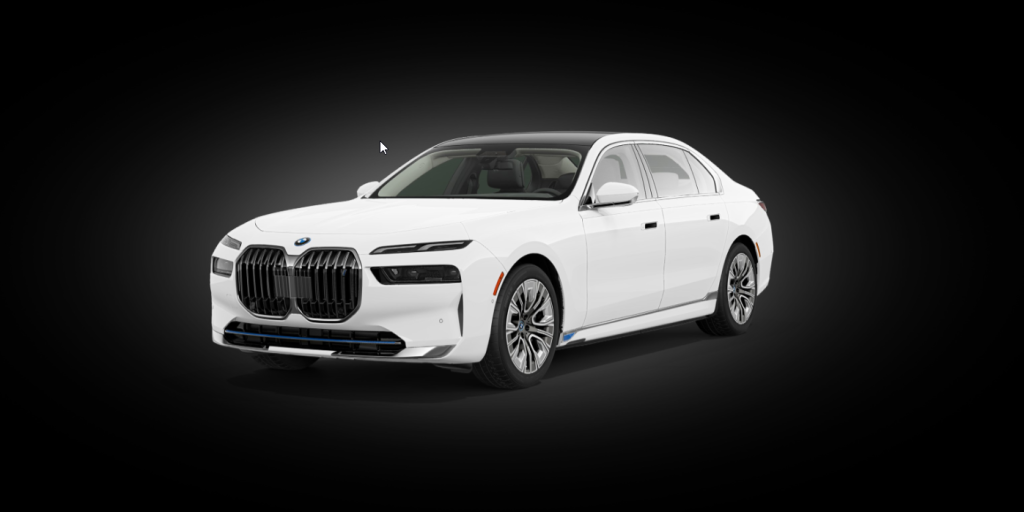
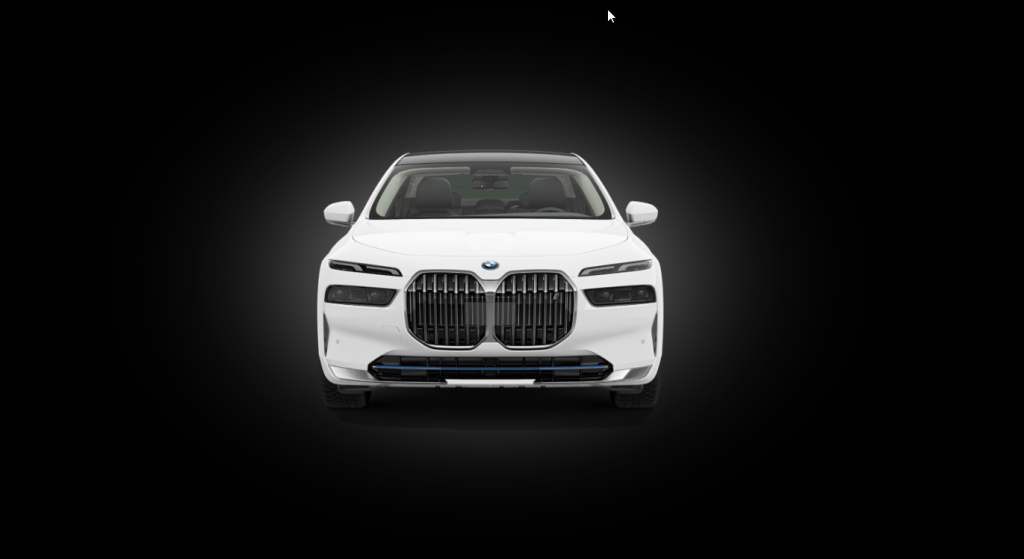
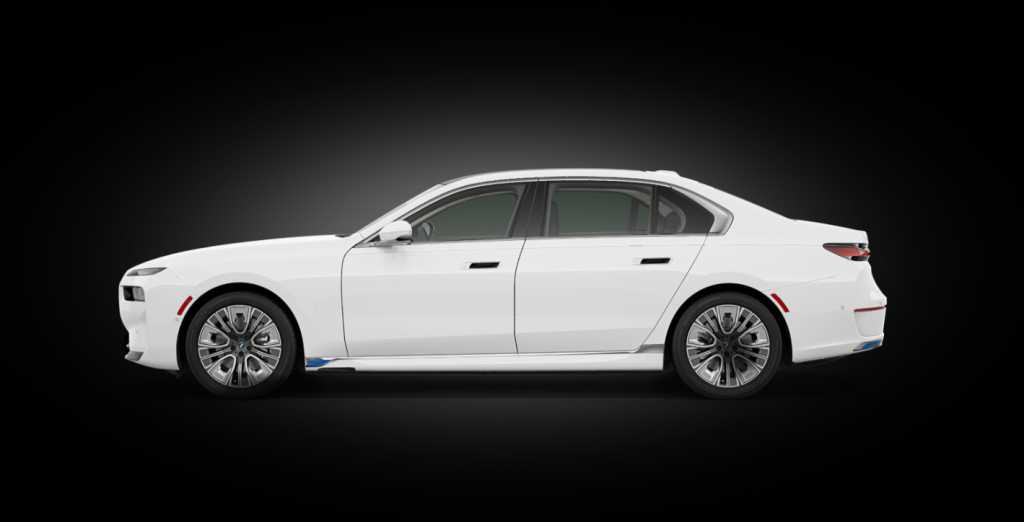
All of this boils down to BMW’s choice to hold off on making a complete commitment to becoming electric. By 2030, the Munich-based company expects to sell 50 percent of its global sales in entirely electric vehicles, leaving 1.25 million vehicles with some form of internal combustion engine, although hybridized. Due to the fact that BMW sells cars in 140 countries, many of which will be significantly slower to adopt electric vehicles, the company has chosen adaptable designs that can be used either way.
So even though the 7 is marketed as a premium luxury vehicle with “no compromises,” it is, in fact, compromised in a number of ways that will certainly anger some consumers who have been considering alternative electric vehicles. Located beneath the floor is a lithium-ion battery pack with nickel-manganese-cobalt cells, which provides a total of 105 kWh of electricity. The same two 5th generation motors that drive the i4 M50 provide the impetus for this vehicle, which produces 536 horsepower. That’s enough to propel this massive monster from zero to sixty miles per hour in just 4.5 seconds. That isn’t going to win any drag races against Teslas, Lucids, or Hummer EVs, for example. However, it is likely to be more than enough, and it will undoubtedly provide the smooth, seamless propulsion that 7 series V12 owners have grown to expect and no longer have access to.
The new 7 has grown in all dimensions, with the longest dimension being the longest. With a length of 212.2 inches, it is 5.1 inches longer than the previous model, with an additional 1.9 inches in width and 2 inches in height. Due to the fact that the i7’s battery pack requires additional room underneath the chassis, the latter measurement may be necessary. The wheelbase has only been extended by 0.2 inch, bringing it to a total of 126.6 inches in length.
BMW has concluded that front end storage is not necessary beneath the long hood of the i7, in the same way that the i4 and iX are. While it is undeniably necessary to package temperature control, cooling, and electronics, other manufacturers have successfully accomplished this and have incorporated a front trunk. Mercedes-Benz did away with the trunk, but it also reduced the size of the entire front end to a bare minimum and made better use of the bigger back storage area.
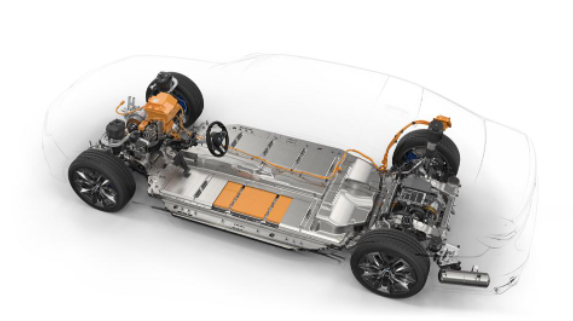
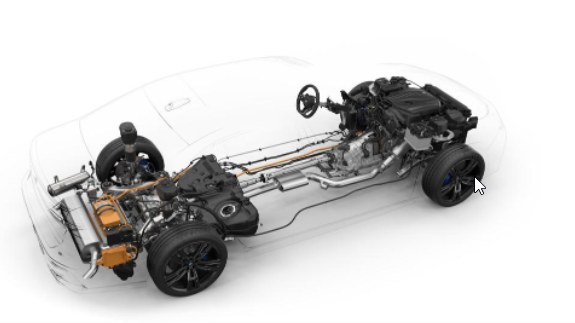
The i7 seems to share its floorpan with the gas-powered 740i, as evidenced by the presence of the driveshaft tunnel, which is identical to that seen in the i4 and i5. Even though there is a deep hole under a panel behind the rear motor, the main body of the trunk is likewise rather shallow.
Final range figures for the i7 will not be available until later this year, although at this point BMW expects the vehicle to go more than 300 miles. With only a small increase in battery capacity and a range of only 350 miles, the Mercedes-Benz EQS outperforms the Lucid Air, which has a range of over 500 miles depending on the configuration.
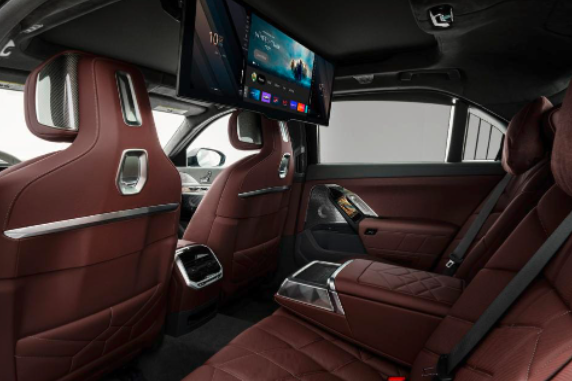
All four doors on the BMW have power opening and closing built into the design. When the button adjacent to the handle is pressed, the door will pop out a few inches, and a little tug on the edge will bring it all the way out.
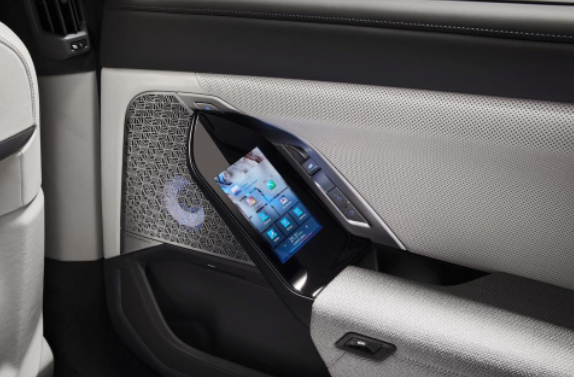
The inside of the new 7 has undergone more significant transformations than the outside appearance. It has used the same huge curved screen layout as the i4, iX, and the redesigned X7, which is a first for the company. iDrive infotainment is controlled by two independent displays: a 12.3-inch unit for the instrument cluster and a 14.9-inch touchscreen device for the instrument cluster. As with other contemporary BMWs, the 7 comes pre-installed with the iDrive operating system V8.0, which allows for the installation of upgrades over the air. There is a new touch-sensitive interaction bar located below the displays, which spans the dashboard and extends around into the door panels. Crystaline covers the backlit bar, which also serves as a control panel for the temperature and seat heating systems.
It will be an especially nice experience for those who opt to sit in the backseat. 5.5-inch touchscreen screens in each door allow access to climate, window, and media settings, as well as controls for the optional executive seats, which can recline to a maximum of 42.5% of their original position. A new option for the 7 is a 31-inch 8K theater display that can be lowered from the ceiling, which is a first for the company. As with other manufacturers, notably Stellantis, BMW has incorporated Amazon Fire TV inside the 7 in order to provide video streaming services to its customers. Through their Amazon account, consumers may subscribe to a variety of additional services in addition to Prime Video. These services include Netflix, Hulu and HBO Max.
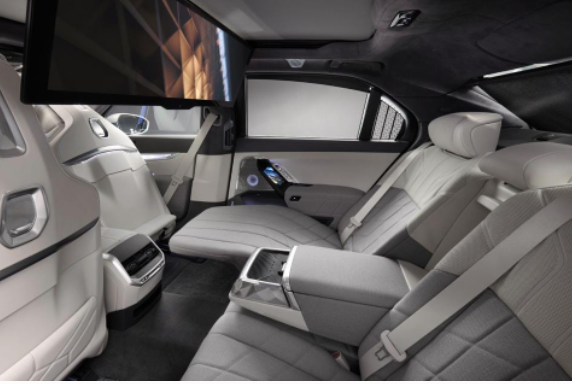
The 7 series will be available in three different configurations starting in November 2022. BMW has previously said that the V12 will no longer be produced. The new 740i is the entry-level model, powered by a 3.0-liter inline six-cylinder engine and a 48-volt mild hybrid system. The electric motor and transmission are combined, and the overall output is 375 horsepower and 383 pound-feet of torque. The 740i will have a starting price of $93,000. It will be available for purchase from $113,600 and will be powered by a new 4.4-liter twin-turbocharged V8 and mild hybrid system that produces 536 horsepower.
In addition to 536 horsepower, the battery-electric i7 will have 549 pounds-feet of torque available from zero revolutions per minute, thanks to the same 5th-generation twin motor setup featured on the i4 M50. The 105-kWh battery pack (101.7 kWh of which is useable) is intended to provide around 300 miles of range and will be available for purchase for $119,300. That’s roughly $6,000 less than the Mercedes-Benz EQS 580, and it has somewhat less power and a shorter range (40 miles) as well. The i7 is capable of charging at up to 11 kW from an alternating current charger and 195 kW from a direct current fast charger, which should provide an additional 80 miles of range in just ten minutes.
According to BMW’s projections, around 50% of its worldwide sales will be entirely electric by 2030, which is lower than the projections of many of its competitors. When it comes to powertrain product mix, a flexible design, such as those utilized for the 7 and 3/4 series, allows it to modify the mix based on demand in different parts of the world. However, it comes with certain inherent drawbacks, such as less efficient packaging and a range that is less than the best in class. As long as the variety continues to be sufficient to suit customer demands, this may be sufficient, but ultimately it will be up to consumers to judge if BMW made the correct decision.




